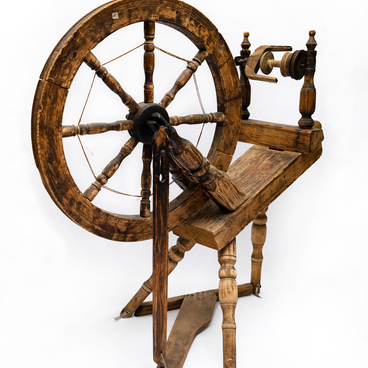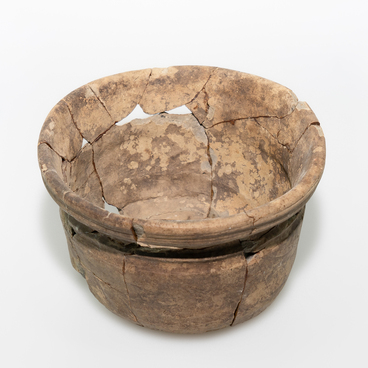Among the many drawings and figurines of animals that have been discovered during archaeological excavations, there are many images of dogs. It is suggested that the rock art in the Cueva de la Vieja in Spain features a dog that, apparently, cuts the deer’s escape route.
It was the dog that humans first tamed and made their assistant in food production and military business. Dogs also guarded fortress walls, settlements and hillforts from infiltrators. In combat practice, they were used as an attacking force. They were specially trained, dressed in armor and chainmail. Fighting dogs have always been valued, in some places they were more expensive than a horse.
In the conditions of the Far East, dogs were used as mounts and during hunting. The dog figurine from the collection of the Komsomolsk-on-Amur Museum of Local Lore was made using the technique of pitching knife-shaped slabs. It belongs to the Osipov Neolithic culture and was created about 11–13 thousand years ago.
This figurine was discovered in 1997 during the work of the archaeological expedition of the Komsomolsk-on-Amur Museum of Local Lore, led by Zoya Stepanovna Lapshina, in the lower layer of the multilayer monument “Hummi Settlement”. The stone object was found in excavation No. 4 during the cleaning of the bedrock near hearth No. 5. The hearth was dated using a sample from the upper part; the conditions of occurrence in the lower horizon of the layer made it possible to identify the time of creation of the figurine.
The object is considered one of the ancient images of a dog. Its maker creatively interpreted the pattern of veins on the stone and the shape of the workpiece, secondary processing was minimal. The dog is shown in a sitting position, its front paws are indicated by a cone-shaped protrusion of the workpiece and a shallow recess, the rear part is highlighted by a second recess. The hanging ear is outlined with light veins.
In addition, a wide and
pointed nose and the upper part of the head are highlighted. The back is bent
up to the rear part. The stripes form a pattern of long dog hair. Perhaps this
item was made as a children’s toy.




